Gen Z Saying Goodbye to Fast Fashion
A new report by Labour Market insights shows that fashion designers aged 25–34 are now the largest age group in Australian fashion. This means that the oldest people within Gen Z, who are now 25, are playing a vital role within the fashion ecosystem. That’s good news for those who are worried about the planet!
Unless you’ve been living under a rock, you’d already know that thanks to Fast Fashion and Greenwashing, Australians are now one of the biggest textile consumers in the world. It’s been estimated that each of us buys an average of almost 15kg of clothing every year. An estimated 260,000 tonnes (10kg a person) of new and old clothing is dumped in landfill each year. But there is some good news. In response to these dire statistics, Australian schools are implementing sustainability education as part of the Australian Curriculum. Many universities, especially fashion classes, are now providing sustainability and environmental topics as core subjects in their degree courses.
With such a positive approach from the education sector, informed eco-minded younger generations are taking extra efforts and more drastic changes to protect the planet. Many of them are now questioning the current fashion system and the way we treat our clothes when we’ve finished with them.
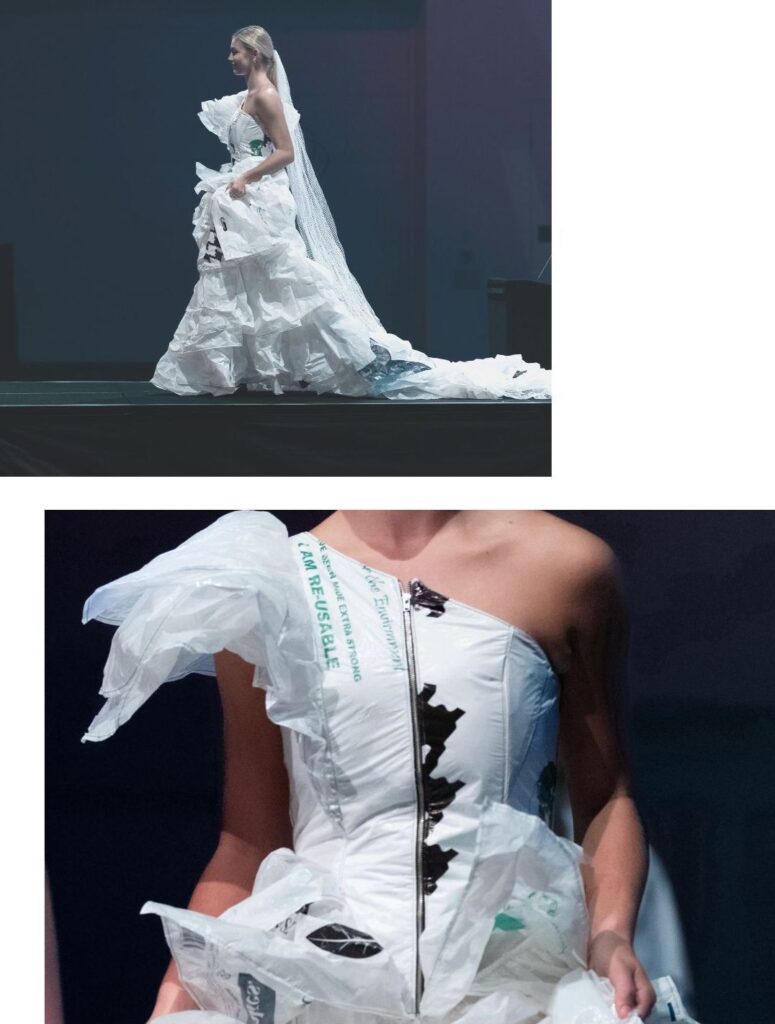
Ella Bowen, a graduate of fashion at Flinders University is a perfect example of a Gen Z emerging designer who wants to make a stand against pollution from the fashion industry. Her graduate collection: NOT A SUSTAINABLE COLLECTION has struck a chord. It brings a sense of urgency to disrupt how we see clothing. Her collection is made entirely from discarded waste. It consists of a wedding dress and shirt dress made from discarded plastic bags, leather-like men’s tops and pants made from tyre tubing obtained from cycling stores, and a party slip dress made from aluminium cans collected from her neighbours.
Her collection was inspired by her friend Leif Justham. Leif was an environmental activist who was killed in an accident while cycling around Australia to advocate for fossil fuel divestment to sustainable substitutes. It was a way for Ella to continue his legacy and message. “He was such an important environmental advocate that I changed my whole collection when I found out about his death because we always used to talk about sustainability,” she said.
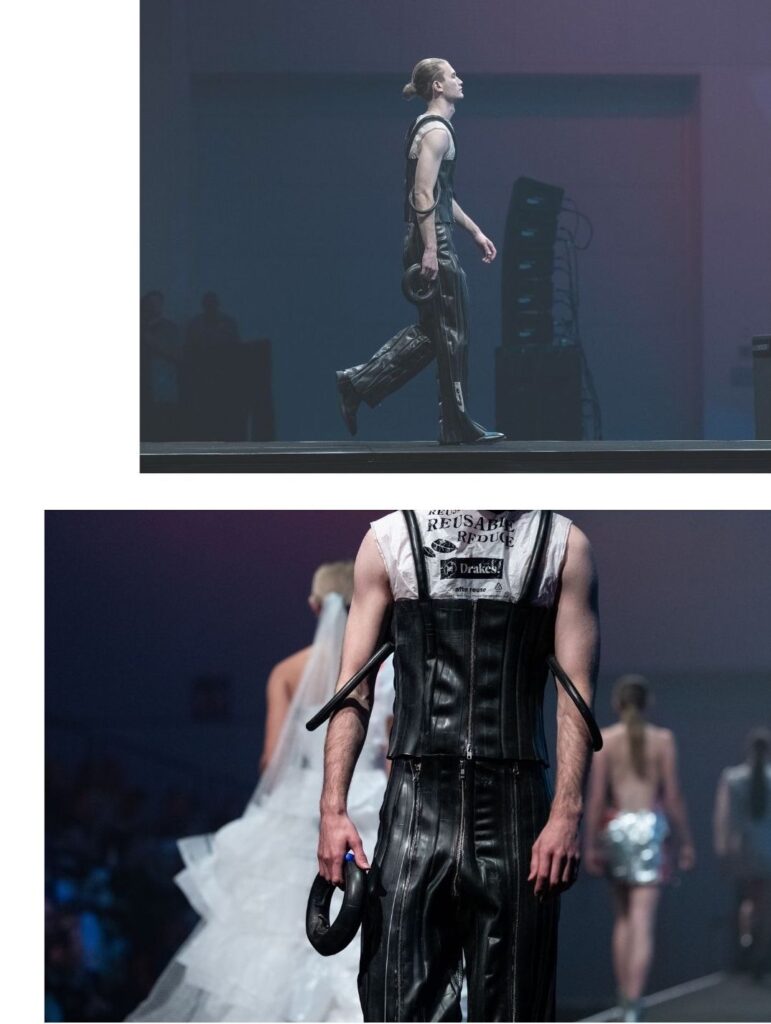
The tragic story and the message behind her fashion made many, including myself, think more deeply about what fashion really means to us. Are we treating our own clothing just like dispensable or single-use items? Are we contributing towards the 260,000 tonnes of textile waste in landfill each year? What are fashion brands doing to improve the current situation? What are the major changes we can implement personally in our daily fashion choices.
Ella promotes the idea of a circular economy as the key to moving forward. “Each step of the process is just as important as the other, there should be no wastage caused at the expense of a garment being made.” Minimising or aiming for zero waste will surely be a challenge for many existing companies. However, as consumer demand is already pressuring big retailers such as H&M and ZARA, those companies are starting to slowly make changes in their design and production.
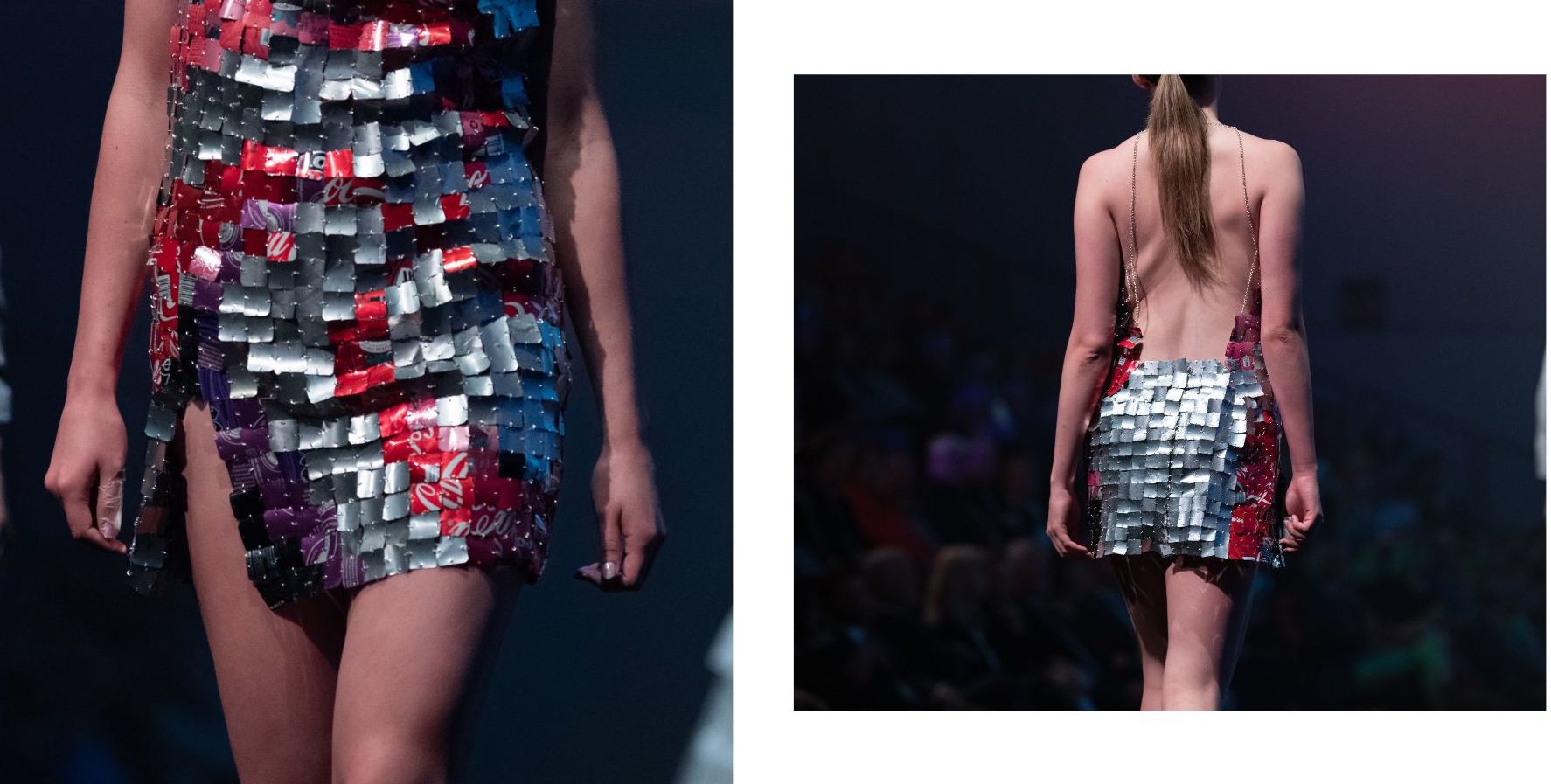
The importance of creating a “healthy” relationship with our wardrobe is also something Ella addressed. This means treating our clothes well, caring for and repairing them and buying quality pieces that will last longer. Ask yourself if the garments you want are trend-driven short-lived pieces or permanent wardrobe pieces that can be washed countless times. What about the fibre content? Is it natural or is it plastic-based polyester fabric that will last forever on the planet?
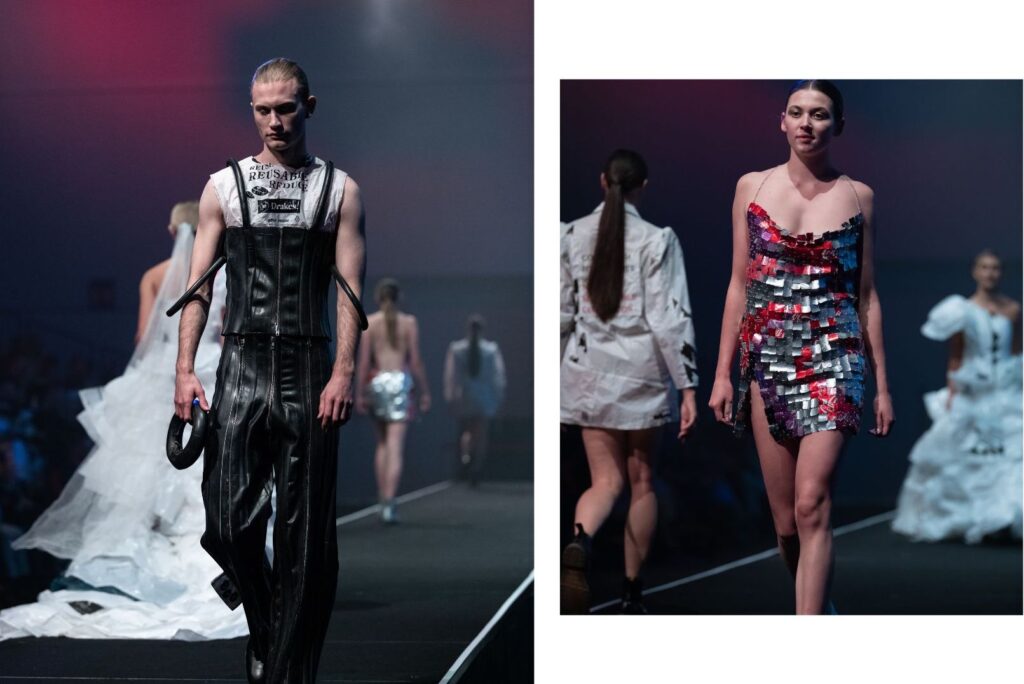
Shopping habits are another crucial aspect that we tend to make excuses for. Think about where, how, what, and how often you shop. Do that and you’ll be able to see what are wasteful and unnecessary investments. Before you go into the big fashion chain stores, try to be more creative with your options. Discover new local brands. Thrift at a charity shop. Rent your day-to-day outfits. Buy pre-loved outfits. Swap, or share clothes with friends and family. Or, if you’re up for a challenge, upcycle old clothes into new ones or even make your own.
Last but not least, inform yourself about what it takes to become an ethical shopper. Do your research. Before you swipe that credit card makes sure you understand the background of that appealing garment. Is it green or is it just deceptive greenwash marketing? Apps such as Good On You and Baptist World Aid are a great way to search for your favourite brands and check their sustainable ratings. Or you can opt to read or watch reviews.
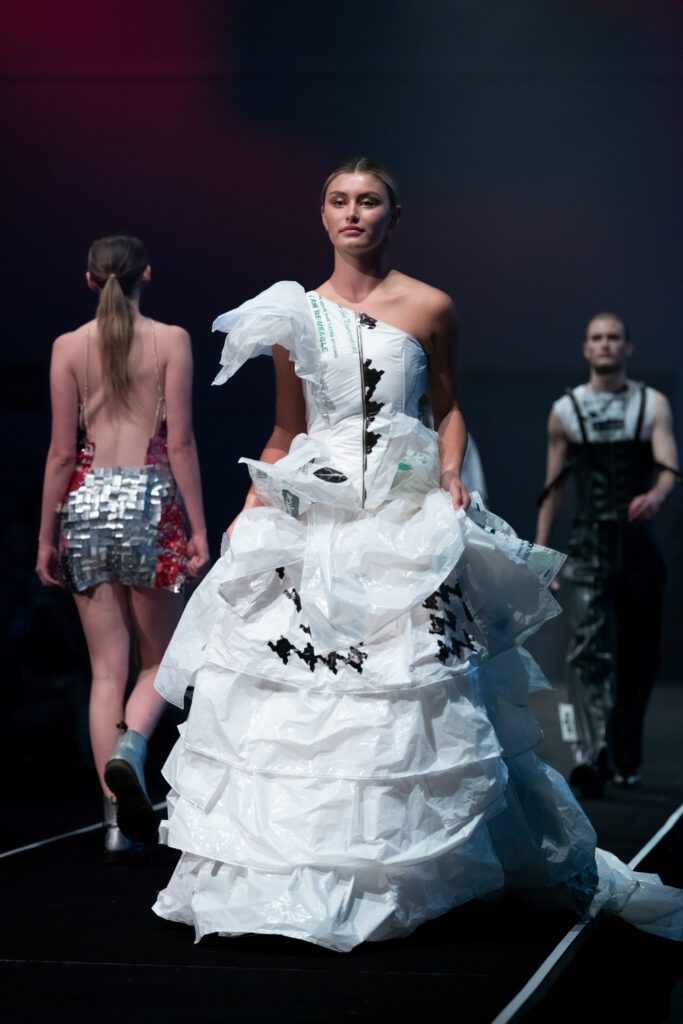
In the end, we all have a role to play, company or consumer. We all need to rethink our decisions and make sure each of our purchases benefit not just ourselves, but the environment and planet.
Story by Angela Shan, a fashion graduate of TAFE SA/Flinders University and the designer behind Anzela the Label
Images: Naomi Shan
Yes, Angela and Naomi are sisters!
